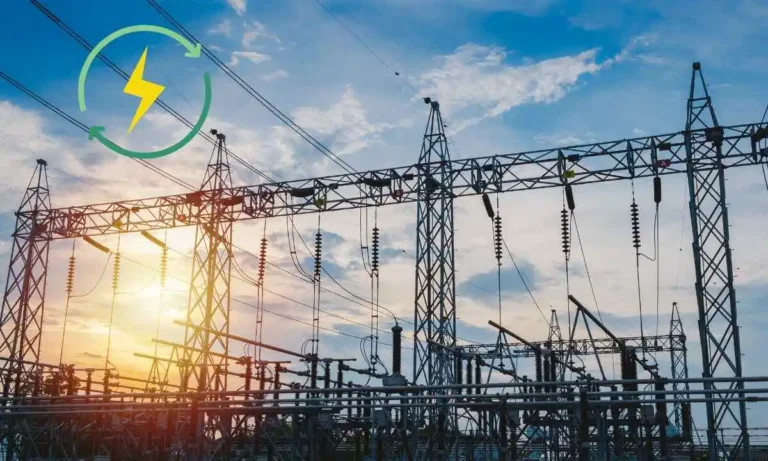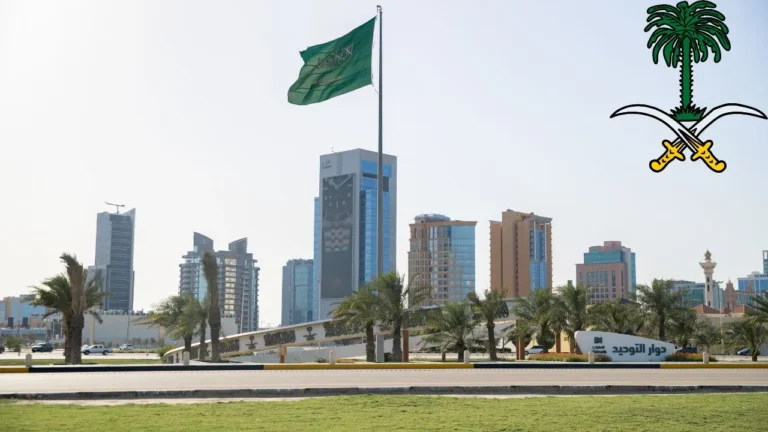KAPCO Free Ride on Public Money!
By Newserman Team
Some Power Plants have been acted like a dead weight contributing to power crisis in Pakistan.
The consumers have been feeding such power plants that have done cashing in—and somehow, it’s still cashing out. Welcome to the KAPCO conundrum.
This is what has been revealed by Managing Partner and Principal Oil and Gas Lawyer | President, Consumer Rights Advocacy. He has also served as member gas oil and gas regulatory authority (Ogra) in his piece.
Kot Addu Power Company Limited (KAPCO) is the crown jewel of what privatization gone wrong looks like—and unfortunately, it’s a bill the Pakistani public is still paying for.
From WAPDA Workhorse to Private Piggy Bank
KAPCO was built entirely on public funds between 1985 and 1996, and therefore is wasn’t some bold new investment. It was a running thermal plant, fully operational, and already doing its job.
But instead of letting it continue to serve the national grid under state ownership, the government had decided to slap a new label on it, call it a “private company,” and offer it up to the private sector with full VIP perks.
And not just any perks.
KAPCO was granted the same lucrative incentives that were meant for new, risky IPPs.
It was given guaranteed returns, dollar-indexed profits, and capacity payments—even though people had long paid its risks.
According to Mr Arif, it’s like buying a car with public money, using it for a decade, and then giving it to someone else to rent back to you at luxury rates.
A “Provisional” Petition with Permanent Damage
In the latest chapter of this saga, KAPCO had submitted a tariff petition, calling for a 25% return on equity (ROE) on a take-or-pay basis.
This means they get paid even if no electricity is used. NEPRA, surprisingly (or not), had nodded it through on a “provisional” basis. KAPCO gets the money now, and the future government and people would have to sort out the mess later.
In Pakistan’s energy sector, the only performance that seems to matter is how well you can lobby,” Mr Arif said in a post on Linkedin.
Privatization Without Purpose = Public Losses
Let’s have a realistic approach. Privatization is meant to increase efficiency, reduce costs, and shift risk to the private sector. But KAPCO’s story flipped the script.
The public took the risk and continues to pay the cost. But the private players enjoy sovereign guarantees and juicy profits.
If the point was to ease the burden on the government, why did we end up with long-term liabilities and circular debt that’s now strangling the entire power sector,” energy expert has questioned?
Why Are We Still Paying for an Old Machine?
KAPCO’s original power purchase agreement (PPA) has already expired long ago. The plant is aging, the tech is outdated, and yet, the money keeps flowing for private sector barons who had well managed.
Instead of a strategic review, we keep granting extensions. Instead of renegotiation, we rubber-stamp requests,” Mr Arif said adding that it’s like keeping a landline in 2025—and paying iPhone prices for it.
The Real Price? Progress
The billions have been funneled into KAPCO’s guaranteed returns that could’ve powered a shift to renewables. Instead, we’re stuck in a loop—throwing good money after bad deals.
And unless we start naming names and calling out these deals for what they are—flawed, short-sighted, and fiscally irresponsible—we’ll keep repeating the same mistakes.
It’s Time to Pull the Plug
KAPCO isn’t just a bad memory. It’s a living, breathing example of how not to do privatization. It’s not powering progress but it’s powering profit for the few, at the cost of the many.
So the next time your electricity bill spikes or the government blames circular debt, remember this: KAPCO got paid, even when the lights were off.
Let’s stop pretending this is normal. It’s not. It’s a payout disguised as policy. And we’re done paying for it.





